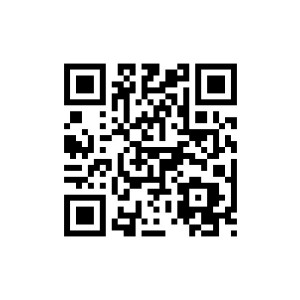What is a QR code
A QR code is a two dimensional bar code / matrix code. Doesn’t look like a conventional bar code one would see on the side of a cereal box or on the reverse of a book.
QR stands for quick response and was created by a Japanese corporation Denso-Wave in 1994. The term QR Code itself is a registered trademark of Denso Wave Incorporated. QR codes are very common and are the more popular of 2d codes in Japan. Organisations in Japan actually have huge QR codes displayed on the outside of their buildings.
QR Code is an open format. The format’s specification is available royalty-free. The owner has promised not to exert patent rights on it.
What is Hardlink or Hardlinking?
When a QR code is scanned and is translated to reveal a URL; the mobile phone will the open that URL using its browser, this act is know as a hardlink.
Storage
QR Code data capacity
Numeric only Max. 7,089 characters
Alphanumeric Max. 4,296 characters
Binary (8 bits) Max. 2,953 bytes
Kanji/Kana Max. 1,817 characters
Error correction capacity
Level L 7% of codewords can be restored.
Level M 15% of codewords can be restored.
Level Q 25% of codewords can be restored.
Level H 30% of codewords can be restored.
Advantage of QR codes
There is no need to write vital details down. A simple scan captures the desired information.
QR Codes can be used to store addresses and URLs that can appear in magazines, on signs, buses, business cards or just about any product that users might need information about.
Disadvantages of QR codes
Users must be equipped with a camera phone and the correct reader software that can scan the image of the QR Code. Currently only Smartphone’s are technically equipped to do this. Many users that have mobile phones that have cameras are unable to get QR reading software for their phones.
